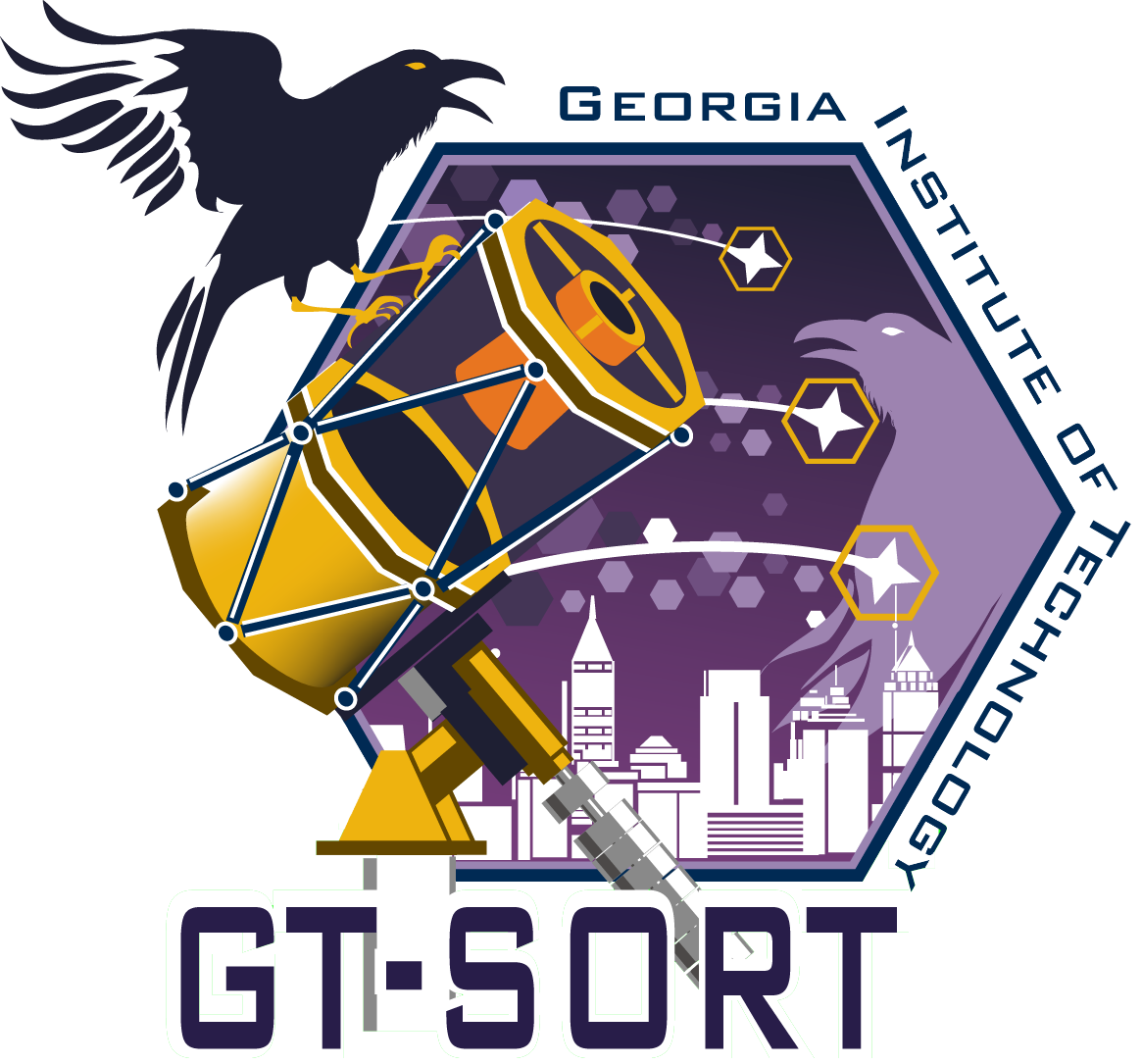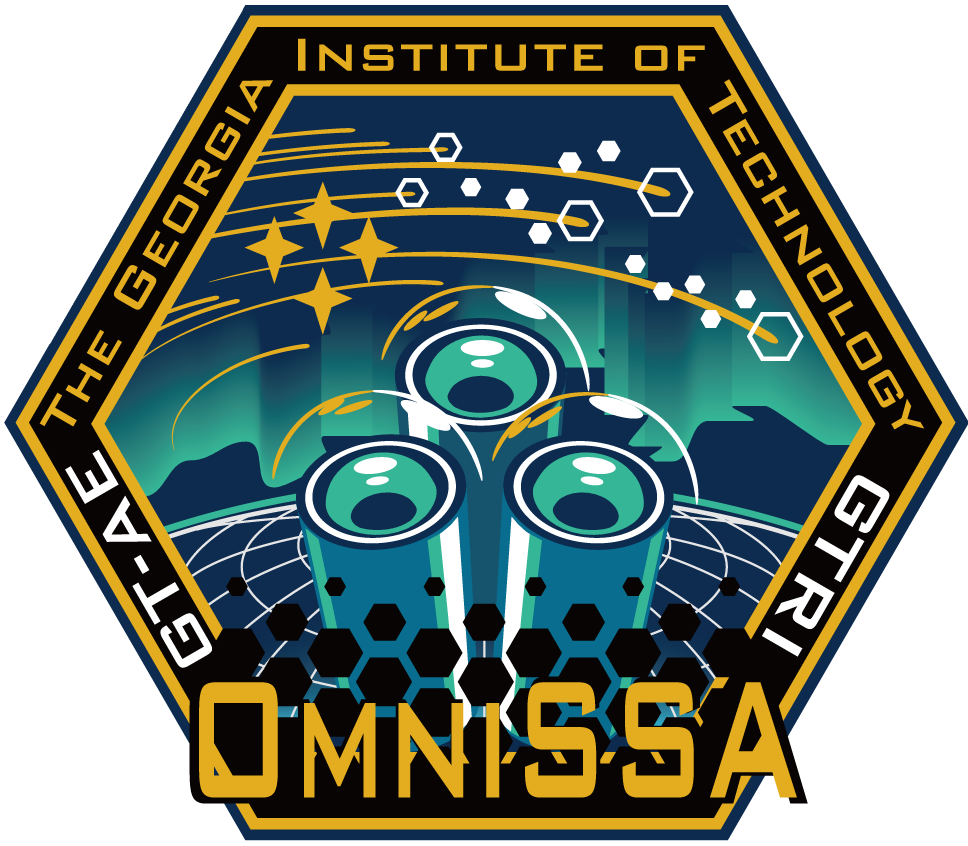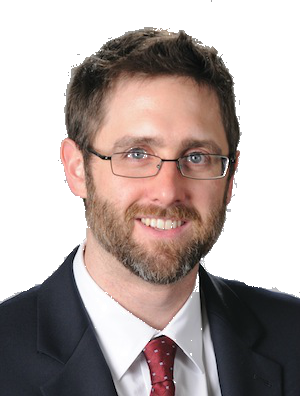Space Situiational Awareness (SSA) is "the perception of the elements in the environment within a volume of time and space, the comprehension of their meaning, and the projection of their status in the near future" (Dr. Mica Endsley) as applied to the on-orbit near-Earth domain.
SSA is generally associated with assets in, interacting with, or affecting near-Earth space, including active spacecraft, spacecraft operators, debris, and space weather. It is the chief enabling capability allowing continued safe operation of satellites and manned spacecraft for all sovereign states, corporations, and other entities.
In 2001, the Rumsfeld Commission Report concluded that improvements in SSA were needed to protect the United States and its allies as well as maintain its economic and diplomatic objectives. Joint Publication 3-14, Space Operations, defines the high level activities of SSA, which include the characterization and analysis of space objects (SOs). The U.S. Strategic Command (USSTRATCOM) Joint Space Operations Center (JSpOC) operates the Space Surveillance Network (SSN) and currently tracks 17,000 objects with diameters greater than 10 cm, of which approximately 1,000 are active.
These active spacecraft contribute $300B annually to the world economy and provide invaluable national security services. This number is expected to increase to 23,000 objects this year and to 100,000 objects by 2020 due to the addition of new sensors and increased sensor / algorithm capability. Emphatically, any collision at orbital velocities with objects in excess of 1cm diameter involve enough kinetic energy to generate catastrophic results which, aside from loss of the space asset, also creates more potentially dangerous orbital debris.
The purpose for Space Domain Awareness (SDA) is to provide decision-making processes with a quantifiable and timely body of evidence of behavior(s) attributable to specific space threats and/or hazards. The emerging field of SDA is by nature interdisciplinary, drawing evidence from myriad sensor-based and soft sources and rigorously applying first-principles to interrogate this evidence in pursuit of threat/hazard resolution. Investigators recognize that successfully achieving SDA objectives requires a fresh look at existing traditional tools, transfer of techniques from non-traditional fields, development of novel methodologies, and an improved understanding of how decision makers ingest information and render decisions.
Specific research activities conducted by Dr. Holzinger's group to address this overarching problem are listed below.
 Georgia Tech Space Object Research Telescope (GT-SORT)
Georgia Tech Space Object Research Telescope (GT-SORT)
GT-SORT allows empirical validation of developed algorithms and methods, and provides substantial insight on sensor phenomenology and operational considerations. The GT-SORT facility is described in detail here.
 RECONnaissance of Space Objects (RECONSO) Student-Led Cubesat
RECONnaissance of Space Objects (RECONSO) Student-Led Cubesat
Prof. Holzinger is the PI for the AFOSR University Nanosatellite Program (UNP-8) ‘RECONnaissance of Space Objects’ (RECONSO) student-led cubesat. For details on this effort, please see the RECONSO page.
 Omnidirectional Space Situational Awareness (OmniSSA) Array
Omnidirectional Space Situational Awareness (OmniSSA) Array
The OmniSSA Array allows us to investigate ultra wide field-of-view synthetic synoptic survey activities. We combine 3 simultaneously captured wide field-of-view images which are fused in post-processing to improve both detection (photometric) and angular measurement (astrometric) properties. The system is described here.
Estimator Initiation and Measurement Association with Unobservable Measurement Sequences.
Because so few sensors are available to detect, track, and characterize such a large group of space objects, it is often the case that there are not enough observations to initiate an observable orbit determination algorithm. To combat this problem, constraints on admissible undetermined states are hypothesized, generating admissible regions of the undetermined state space with uniform probability distributions suitable for initiating estimation techniques.
This work has substantially improved the rigor and generality of the so-called ’admissible region’ approach to initial orbit determination, connecting it to various forms of uncertainty, observability gramians, and enabling application to new phenomenologies.
Detection & Tracking of Low Signal-to-Noise Ratio Objects.
Unfortunately, at geosynchronous altitudes optical sensors cannot detect very small debris (<1m), and radar sensors require too much power at these ranges to be serviceable (≈36,000km). To address this problem for small yet potentially catastrophic debris, an alternate solution is to investigate the utility of alternate phenomenologies to pursue improved SSA. Examining a number of additional phenomenologies, Dr. Holzinger has determined that magnetic field disturbances caused by charged space objects moving relative to a sensing magnetometer are capable of partially characterizing such flyby objects. Using a magnetometer is a convenient solution, as many existing on-orbit spacecraft in the geostationary belt already have magnetometer sensors.
The analytical and experimental results generated for multi-phenomena low SNR detection and tracking are proving profoundly transformative, and will allow exquisite national telescopes to push boundaries in object detection and give low cost sensors increased operational envelopes.
Decision Support and Sensor Tasking with Conflicting, Ambiguous Evidence
Making time-critical decisions in complex environments with ambiguous evidence is tremendously challenging. Over very short time horizons human decision-makers cannot analyze available evidence or task assets, and make choices that limit future options. Changing, ambiguous, and/or conflicting evidence confounds this problem, creating hasty decisions and missed opportunities. Time-critical decision making is encountered in many applications, including Air, Maritime, Space, and Multi Domain Awareness, as well as Missile Defense. This research thrust investigates how to optimally task sensing assets to resolve pluralities of specific outcome hypotheses in the presence of conflicting, ambiguous, and non-traditional evidence.
The novel approach to spacecraft custody and maneuver detection proposed by Dr. Holzinger’s group offers a fundamental improvement in predictive SSA, while existing maximum information / minimum entropy approaches perform well in regular catalog maintenance activities.
Lightcurve Inversion of Agile Spacecraft for Attitude Estimation
Lightcurve Inversion (LCI) is an inverse method approach to take photometric (i.e., brightness) measurements over time (a lightcurve) of an unresolved object and infer shape and/or attitude states over time. This problem is challenging because the combined shape and attitude space is high dimensional, whilst the lightcurves are scalar measurements over time, leading to non-Gaussian distributions.
Successful 3-DoF LCI for agile spacecraft has been computationally intractable before Dr. Holzinger’s work; a wide array of SSA-enabling characterization efforts previously out of reach may now be pursued.
 Holographic Space Operations Center (HoloSpOC) Demonstrator
Holographic Space Operations Center (HoloSpOC) Demonstrator
We demonstrate how augmented reality devices can improve and support space operations command & control. Mixed reality devices allow us to harness our tremendous natural three-dimensional spatial reasoning skills and immerse ourselves in simulated orbital environments. Our research on our HoloSpOC project focuses on the software details of generating such environments, as well developing user interfaces for this application in a three-dimensional environment. This topic is highly integrated with our decision support research.





